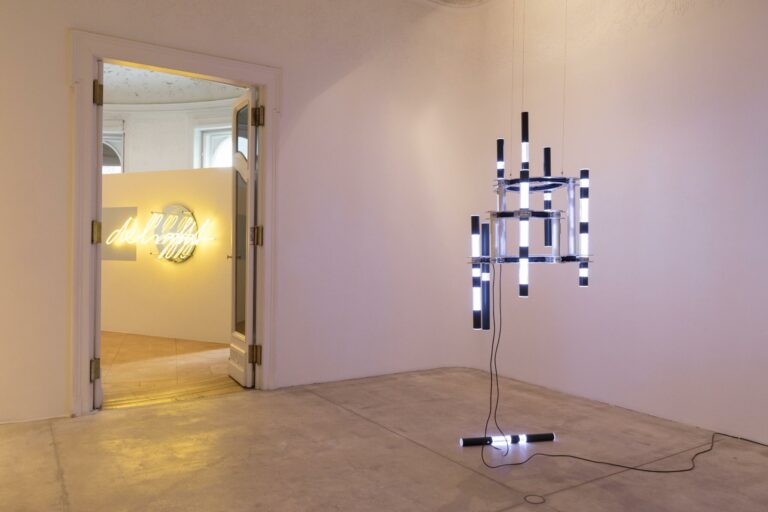
Brigitte Kowanz: Remember the Future
Galerie Krinzinger, Vienna, AT
Josip Tirić, born in 1982 in Travnik, Bosnia Herzegovina, is contemporary artist residing and working in Zagreb, Croatia. Tirić is best known for his unique and highly expressive painterly oeuvre marked by vivid colours reminiscent of Fauvist painters such as Gauguin and a sense of freedom, movement and virtuosity reminding us of Van Gogh, with both feet in the contemporary era.
In this artist spotlight, we present an essay by Branko Franceschi – the director of the National Museum of Modern Art in Zagreb, Croatia – on the figuratively painted works of Josip Tirić on the occasion of his 2020 institutional solo exhibition title d In Flames at the Museum of Fine Arts in Split, Croatia.
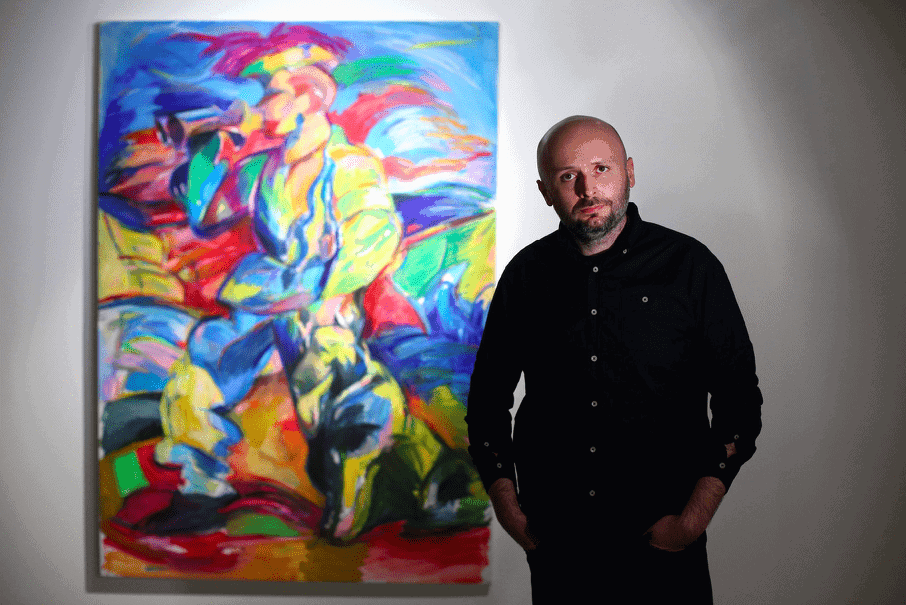
Opening an exotic wound in front of the audience, is how a music critic described Lou Reed singing on the album Take No Prisoners, recorded live in New York’s Bottom Line club in 1978, and it left an indelible impression on me. Since then, I have spent forty years trying to find an opportunity to use those exact words in a text or visual arts criticism. That day has finally arrived, because Josip Tirić’s painting, when he is at his best and absolutely true to himself, without calculations that the parsimonious local art market is known to force the artist into, deserves this magnificent description.
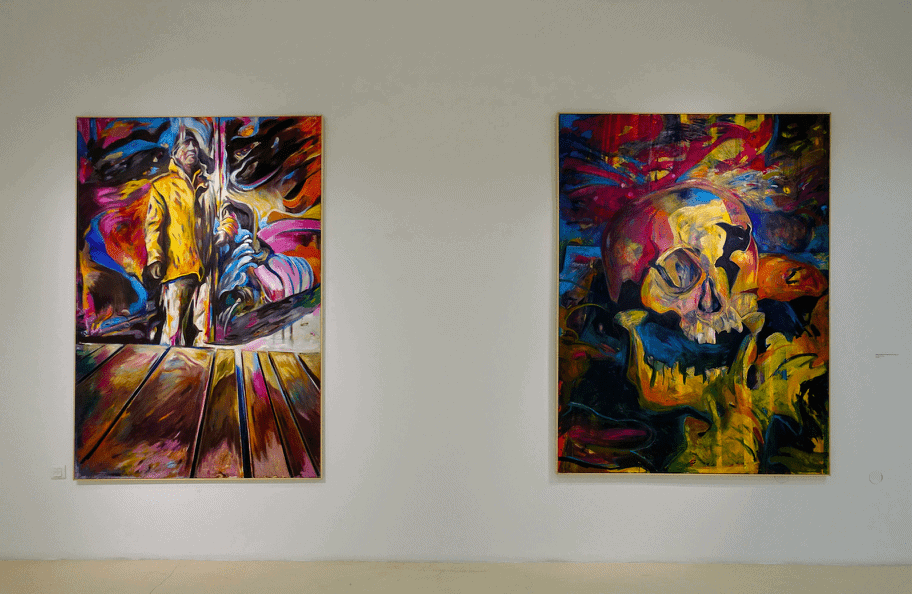
I conceived this modest in size but visually powerful exhibition and Tirić’s first presentation in Split, as an uncompromising choice of eight oil paintings created between 2015 and 2019, and that is only from the canvases I found in his new studio at the moment of selection. Even though they are not part of a previously conceived thematic unit that we have grown accustomed to in art practice since the period of post-conceptual art, the selected paintings are tethered together most importantly by – the vehement gesture and expressive colour palette, which make Tirić the “most painterly” of painters from the generation that graduated around 2007 and brought figuration, in a big way, into focus of the contemporary local painting practice.
The expressive tendency in Tirić’s painting is so emphatic that on the narrow surface of the painting, from the motif’s edge toward the edge of the canvas, forms and colours are developed as distinctly autonomous painting materials with almost abstract qualities. In other words, Tirić, unlike others in his generation, does not paint to narrate, but narrates in order to paint, because of his particular inclination that requires a narrative type of content as the conceptual framework within which he will realize his primeval painting energy.
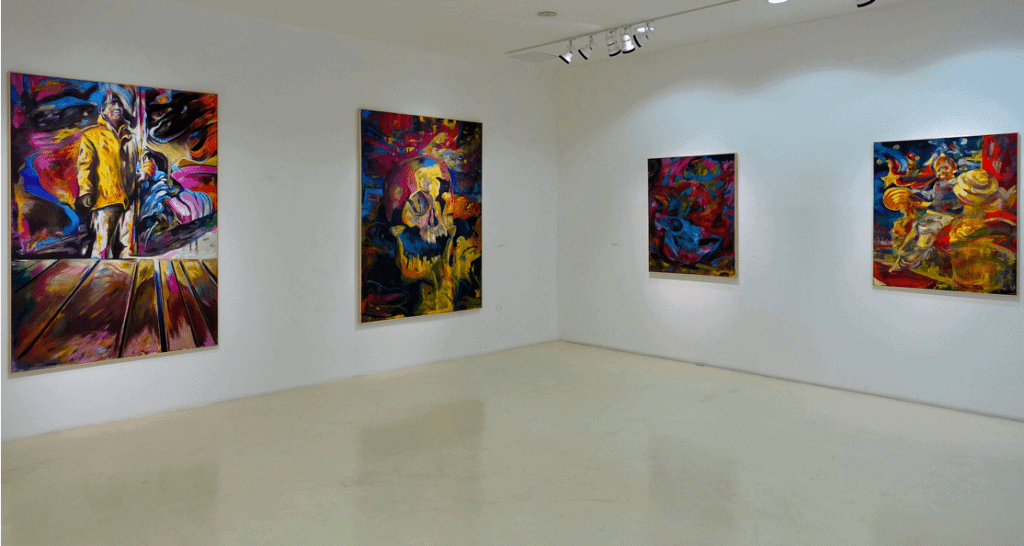
In contrast to his generation, Tirić’s conceptual starting point, his focus or inspiration are not based on the programmatic criticism of reality that will be mediated with a studiously elaborated compositional content or exhibition unit. By addressing the observer’s senses directly, Tirić will base his expressive power and persuasive compositions on the feeling of anxiety generated by his visual language. It is essentially a visual experience of gesture and colour that appear, with their autonomous existence, as if they will simply undo and abolish the motif. As a matter of fact, this is how forces of social reality deal with individual destinies caught and conditioned by historical events.
Motifs that are presented in the selected paintings are the skull, a boy, church dignitaries, a house in nature, young man with a palette and the man in front of a porch. Personally, I was surprised by the ease with which the synergy of selected compositions constitutes a complex narrative about the dreariness of contemporary Croatian society and its never resolved dilemmas about the relationship with the church, position of the artist, demographic breakdown, migrant crisis and xenophobia. Some would say I am exaggerating. I wouldn’t say so, intuitive truths are always stronger, while meanings, and beauty for that matter, are in the eyes of the beholder. Of course, Tirić’s mastery makes them evident.
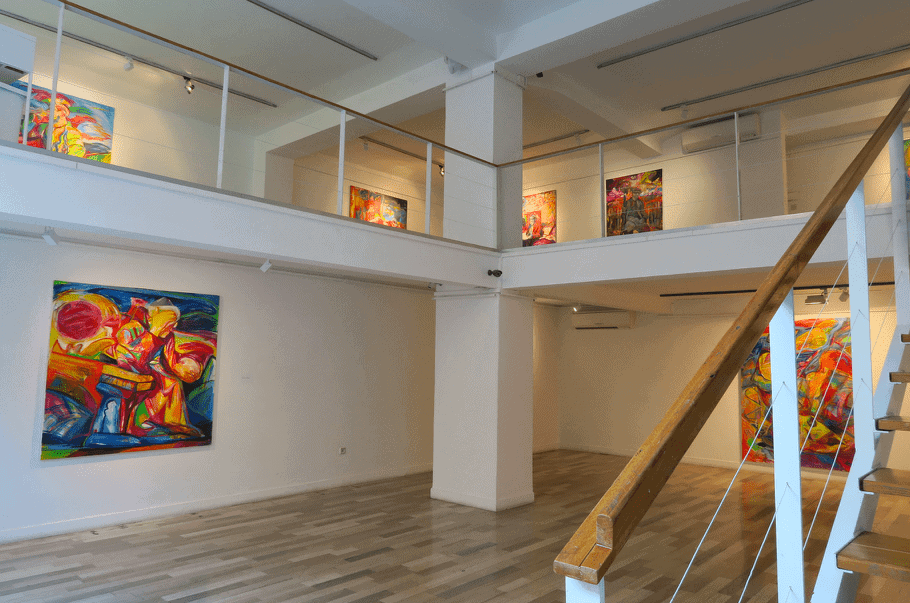
Josip Tirić graduated in 2007 as a MA at the Academy of Fine Arts in Zagreb, Croatia. During the second decade of the new millennium, Tirić has had solo and group shows at major institutions such as the Museum of Fine Arts in Split, Croatia; the 798 Art Space in Guiyang, China; the Đurđevac City Museum in Đurđevac, Croatia; the Knoxville Museum of Art in Knoxville, the United States of America and the Hudson Valley Center for Contemporary Art in New York, the United States of America.
Over the years, Josip Tirić has participated in prestigious art events and biennials, such as the 5th, 4th, 3rd and 1st Biennale of Painting, HDLU in Zagreb, Croatia, the MAX Art Fest in Zagreb, Croatia and the Documenta International Festival for Art and Culture in Regensburg, Germany. Further, Tirić has distinguished himself by winning the HDLU Croation Association of Artists Annual Young Artist Award for Visual Arts in 2011 in Zagreb, Croatia and the Academy of Fine Arts in Zagreb as one of the most successful graduates.
As a result, Josip Tirić features in multiple private and public collections, such as the Livia and Marc Straus Collection in New York, the United States of America; the Jerry Herma n collection in Kansas, the United States of America and the Stephan Hanson collection in New York, the United States of America.



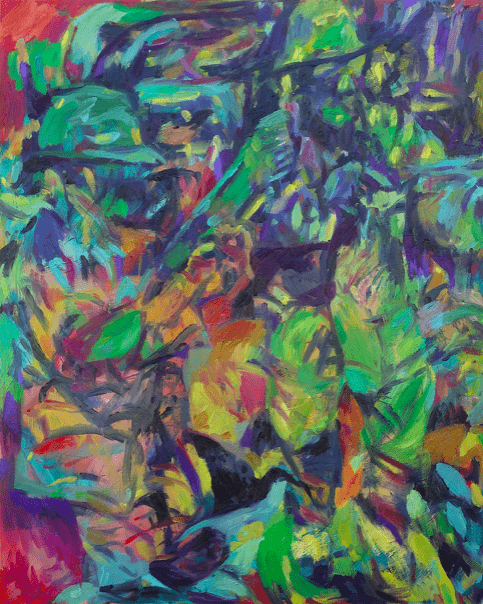
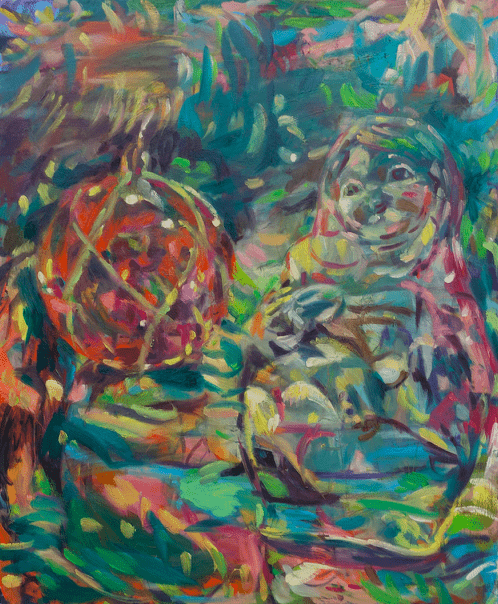
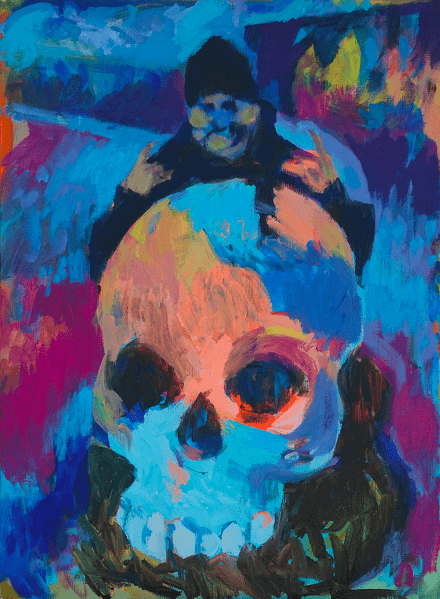
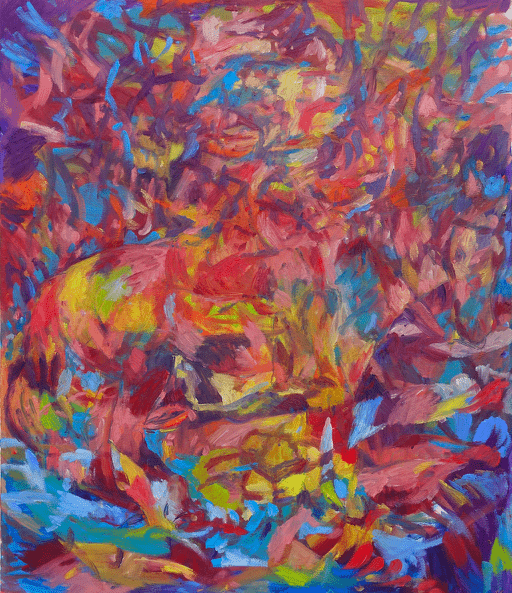
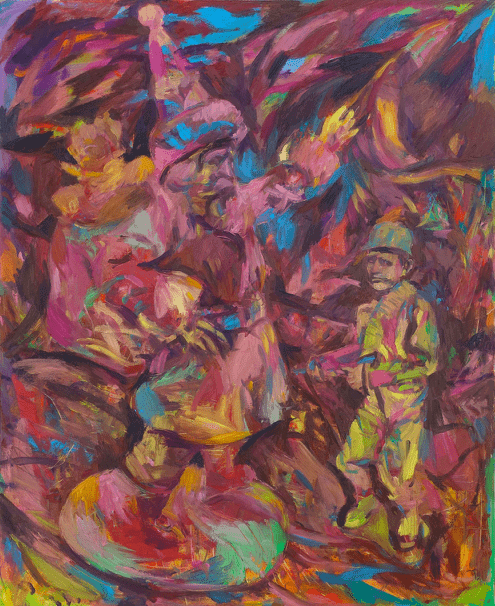
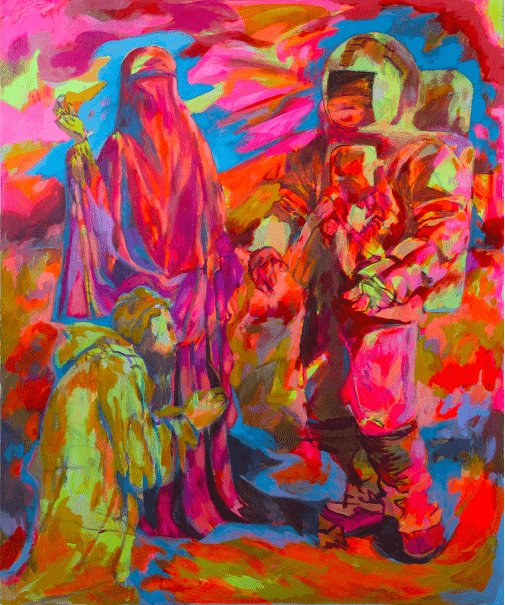
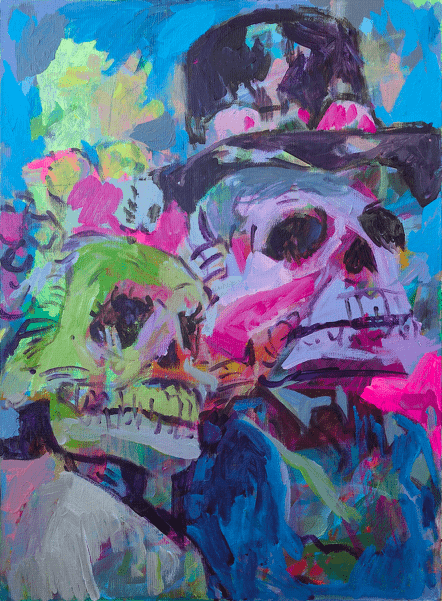

Galerie Krinzinger, Vienna, AT

Tutorial & Template